Understanding Camera Optics & Smartphone Camera Trends, A Presentation by Brian Klug
by Brian Klug on February 22, 2013 5:04 PM EST- Posted in
- Smartphones
- camera
- Android
- Mobile
Evaluating Image Quality
How do we evaluate quality from an image? Tomes have been written about this, and really there are many things to look for in a good image. Chief among those is really sharpness, or MTF, the modulation transfer function. That’s a discussion in and of itself, but basically MTF plots show us how much contrast we will see in a square wave at a particular spatial frequency. MTF also tells us about what the highest frequency (spatial resolution) will make it through a system, this is the cutoff frequency. There are other things to look for too, like third order aberrations.
No camera system is perfect, and good design balances one aberration against the other. If we look at field dependency the most difficult part of an image for a designer is the edges, where aberrations increase quickly.
These previous aberrations have been monochromatic, there are also aberrations which exist as a function of wavelength or color. Axial chromatic we can fix with a doublet to some extent or try to minimize. Transverse is what we sometimes see with color fringing, although in most commercial systems purple fringing is often an artifact of ISP.
So what can we look for? Again, distortion is visible quickly since these systems in a smartphone are so wide angle. Chromatic fringing since this is annoying and something easy to notice on silhouetted subjects. Obviously sharpness is a big deal, does the image look blurry. Finally the presence of any residual vignetting and lens color shading, despite lots of gnashing of teeth from the optical designers and lots of ISP tweaking — which if you’re like my ex girlfriend you’re going to add back in with Instagram or Twitter filters to look “vintage,” you hipster. Test charts will tell us a lot, and there are many good choices, but good test scenes sometimes tell a lot more.
I hate pictures of keyboards in reviews since they’re the laziest subject of all to photograph when doing a review of a smartphone, but here’s one I couldn’t resist. The image is so noisy I can’t read the keys, and the totally homogenous desk looks awash with luminance noise. There isn’t much chroma (color) noise.
Here’s one I complain about a lot, huge halos around contrasty regions thanks to the sharpening kernel or unsharp mask applied to the image. This is an attempt by the OEM to add back in spatial resolution or contrast after killing it all with noise reduction, and after you see halos you won’t un-see them. We can also see some serious moire in the bottom left, partly why I love that scene.
This is a photo from a recently released device which clearly has some strong field curvature. Again the center of the image is easy to get nice and sharp, but if you look at the edges, it gets dramatically blurry. The center is easy, the edge of the field is hard.
There was a very popular phone which was criticized for having some purple color stray light visible in the image when a light source was just out of the field of view. It turns out stray light is a big issue for everyone, since obviously nobody wants a huge lens hood sticking out of their phone, or at least industrial designers don’t. Well, again, this isn’t an isolated problem for just one vendor, it’s something everyone has. I believe the purple color gets picked up from a magnesium fluoride antireflection coating or some other AR coating.
The image on the left is from a very popular device, and the image on the right is of the next generation of this popular device. The left image has a very pronounced green spot in the center, and then a definite red ring around the outside. After you see this pattern, it’s unlikely you’ll be able to un-see it. I used to play a game on Reddit looking for the green circle in people’s images, then going and checking EXIF, and about 90 percent of the time I could nail what smartphone this was coming from, just from the green spot. This is classic failure to correct for lens color shading, either their ISP couldn’t do it or they didn’t characterize it well enough, but it was fixed in the next generation. These lens shading errors are incredibly annoying when taking a photo of a subject with a flat monochromatic field, like a book, whiteboard, or so forth.
There are other things that I look for as well, aggressive noise reduction, again moire, bad auto white balance are pretty easy to spot. Another annoyance are cameras which completely miss focus, even on very contrasty scenes which should be easy to focus on with contrast based auto focus.



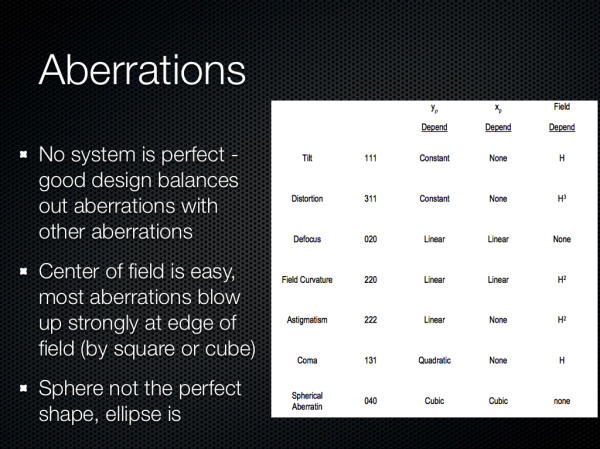
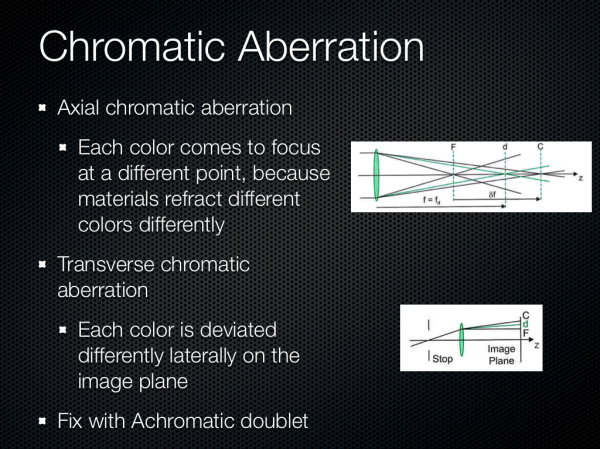
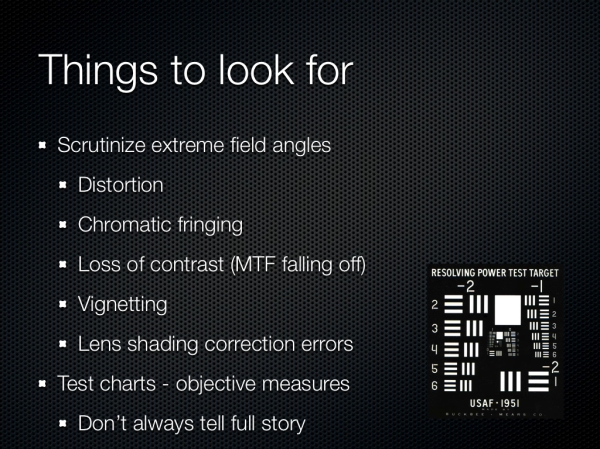
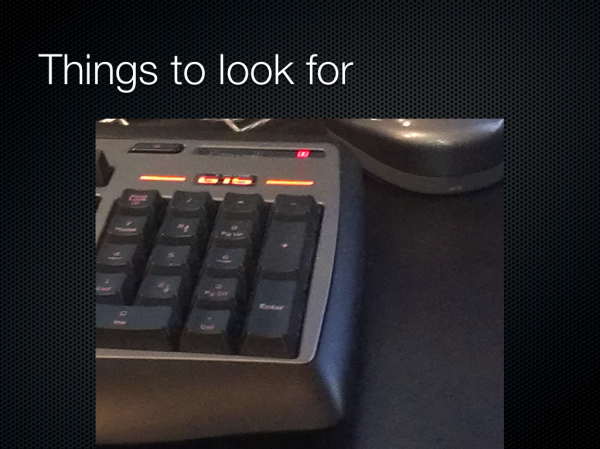


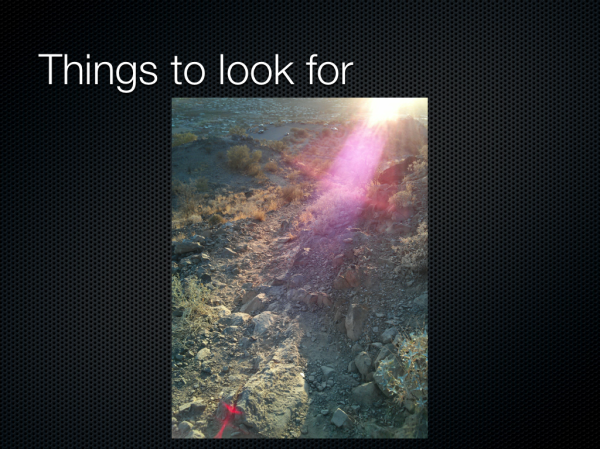
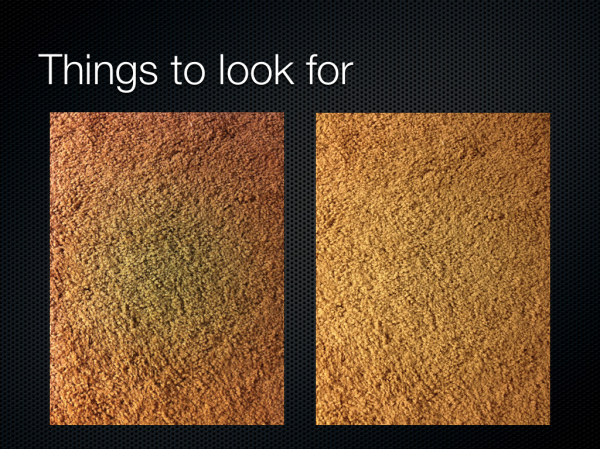
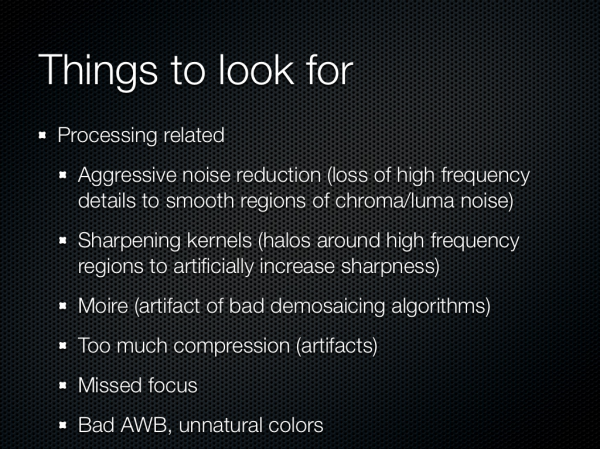








60 Comments
View All Comments
MrSpadge - Sunday, February 24, 2013 - link
You're right, conceptually one would "only" need to adapt a multi-junction solar cell for spatial resoluition, i.e. small pixels. This would introduce shadowing for the bottom layers similar to front side illumination again, though. Which might be countered with vias through the chips, at the cost of making manufacturing more expensive. And the materials and their processing become way more expensive in general, as they will be CMOS incompatible III-V composites.And worst: one could only gain a 3 times higher light sensitivity at maximum, so currently it's probably not worth the effort.
mdar - Thursday, February 28, 2013 - link
I think you are talking about Foveon sensors, used by Sigma to make some of their DSLR cameras. Since photons of different colors have different energies, they use this principle to detect color. Not sure how they do it (probably by checking at which depth the electron is generated), but there is lot of information on web about it.fuzzymath10 - Saturday, February 23, 2013 - link
one of the non-traditional imaging sensors around is the foveon x3 sensor. each pixel can sense all three primary colours rather than relying on bayer interpolation. it does have many limitations though.evonitzer - Wednesday, February 27, 2013 - link
Yeah, like only being in Sigma cameras that use Sigma mounts. Who on earth buys those things? The results are stunning to see, but they need some, well, design wins, to use the parlance of cell phones.They also need to make tiny sensors. AFAIK they only have the APS-C one, and those won't be showing up in phones anytime soon. :)
ShieTar - Tuesday, February 26, 2013 - link
The camera equivalent of a 3 LCD projector does exist, for example in so-called "Multi-Spectral Imager" instruments for space missions. The light entering the camera aperture is split into spectral bands by dichroic mirrors, and then imaged on a number of CCDs.The problem with this approach is that it takes considerable engineering effort to make sure that all the CCDs are aligned to each other with sub-pixel accuracy. Of course the cost of multiple CCDs and the space demand for the more complex optical system make this option quiet irrelevant for mobile devices.
nerd1 - Friday, February 22, 2013 - link
I wonder who actually tested the captured image using proper analysing software (Dxo for example) to see how much they ACTUALLY resolve?And I don't think we get diffraction limit of 3um - see the chart here
http://egami.blog.so-net.ne.jp/2011-07-11
We have 1.34um at f2.0 and 1.88um at f2.8.
Typical 8MP sensor have 1.4um photosites so 8MP sensors looks like an ideal spot for f2 optics. (Yes, 13MP @ 1.1um is just marketing gimmick I think)
In comparison, 36MP Nikon D800 has 4.9um photosite size, which is diffraction limited between f5.6 and f8.
jjj - Friday, February 22, 2013 - link
"smartphones are or are poised to begin displacing the role of a traditional point and shoot camera "That started quite a while ago so a rather disappointing "trends"section. Was waiting for some actual features , ways to get there. and more talk about video since it's becoming a lot more important.
Johnmcl7 - Friday, February 22, 2013 - link
Agreed, the presentation feels a bit out of date for current technology particularly as you say phone cameras have been displacing compact cameras for years - I'd say right back to the N95 which offered a decent 5MP AF camera and was released before the first Iphone.I'm also surprised to see no mention of Nokia pretty much even though they've very much been pushing the camera limits, their ultra high resolution Pureview camera showed you could have a very high number of pixels and high image quality (which this article seems to claim isn't possible even with lower resolution devices) and the Lumia 920 is an interesting step forward in having a physical image stabilisation system.
Also with regards to shallow depth of field with F2, that's just not going to happen on a camera phone because depth of field is primarily a function of the actual focal length (not the equivalent focal length) so to get a proper shallow depth of field effect (as in not shooting at very close macro distances) a camera phone would need a massive aperture many stops wider than F2 to counter the very short focal length.
John
Tarwin - Saturday, February 23, 2013 - link
Actually it makes sense he doesn't mention all that. He's talking about trends, the Pureview did not fit into the trends, both in quality and sensor size.Optical image stabilization doesn't fit in either as it only affects image quality in less than ideal situations such as no tripods/shaky hands. But he did mention the need for extra parts in the module configuration shouldnthat be part of the setup.
And in his defence of the comment ofndisplacing P&S cameras, he says "smartphones are or are poised to begin displacing the role" so he's notnsaying that they aren't doing it already, he gives you a choice in perspectives. Also I don't think you can say the N95 displaced P&S at the market level, only in casual use.
Manabu - Friday, February 22, 2013 - link
What about the "large" sensor 41MP Nokia 808 phone? It is sure a interesting outlier.And point & shot cameras still have the advantage of optical zoom, better handling, and can have bigger sensors. Just look at S110, LX7 or RX100 cameras. But budget super-compact cameras are indeed in extinction.